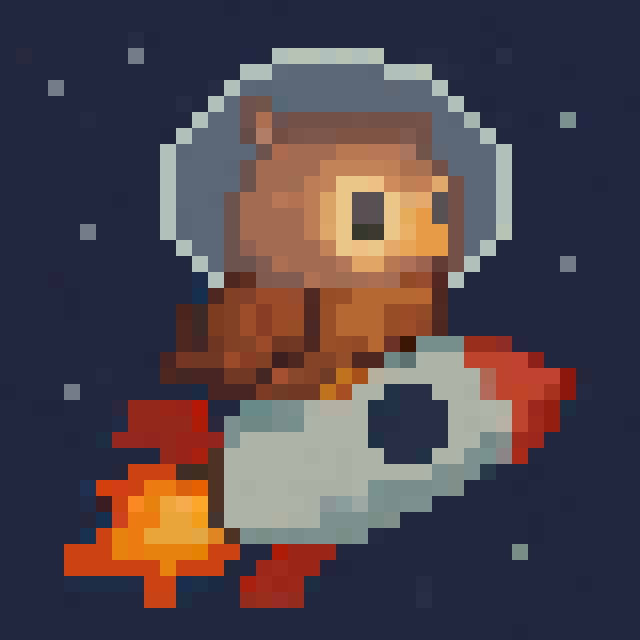Retro Rocket uses a simple, structured file system. Everything is visible under the root (/) directory. This section explains what each directory is for and what you can expect to find inside.
Directory overview
- /boot - The boot partition.
- On LiveCD it points to the EFI boot partition of the install media.
- On an installed system it contains the boot files used at startup.
- /devices - The devices tree.
- Device drivers may choose to add files to this directory which you may read or write to depending on the driver.
- /images - Operating system images and graphics used by Retro Rocket and its demos.
- /programs - BASIC programs and software.
- /programs/libraries - shared BASIC libraries.
- /programs/drivers - drivers written in BASIC.
- /system - Core system files and configuration.
- /system/config - configuration files such as network.conf (used to configure the network interface).
- /system/keymaps - keyboard layouts.
- /system/modules - Kernel modules
- /system/ssl - SSL root certificates.
- /system/timezones - IANA time zone database.
- /system/webserver - root directory for the built-in webserver.
- /system/webserver/media - media files available to the webserver.
- /ramdisk - A temporary 1 GB RAM disk created in LiveCD mode.
- Use this as scratch space for creating or editing BASIC programs.
- Files here are lost when the system is shut down or restarted.
- /harddisk - Exists only when running from the LiveCD.
- Used by the installer to mount the installation target disk.
- Not normally used by end-users.
Retro Rocket does not attempt to hide or complicate its file system. Everything is in plain view, and you can explore with simple commands like dir.

